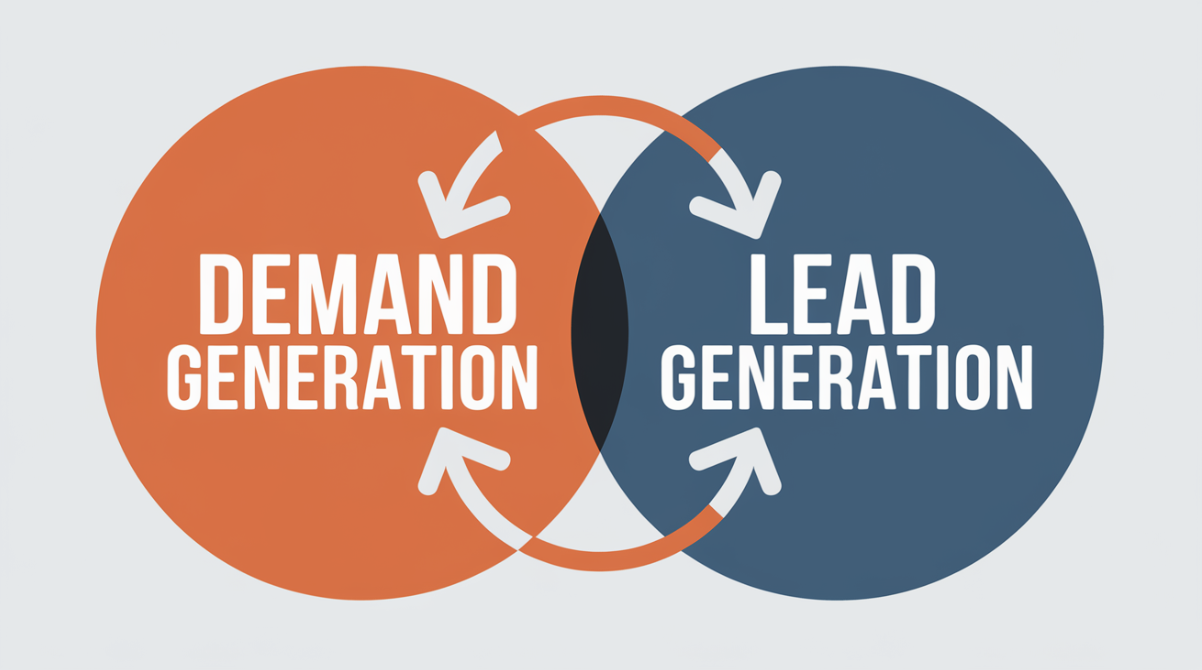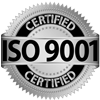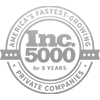Difference Between Demand Generation and Lead Generation

Difference Between Demand Generation and Lead Generation: Key Insights for Marketing Success
Demand and lead generation are key marketing strategies but serve different purposes. If you want to attract customers and grow your business, it's essential to understand how these two methods work and how they complement each other. Let's explore their differences in detail.
What is Demand Generation?
Demand generation involves driving awareness and cultivating interest in your product or service. It's about educating people about what you offer, even if they are not actively looking to buy right now. The goal is to build curiosity and spread the word about your brand so that when customers are ready to purchase, they think of your business.
- Example: A brand publishes blog posts or creates social media campaigns to teach people about the importance of skincare skincare without directly asking them to buy anything.
Key Features of Demand Generation:
- Broad Audience: Targets a large group of people, even those who may not know they need your product yet.
- Content Focused: Uses free content like blogs, videos, or webinars to educate and inform.
- Goal: To build brand awareness and long-term interest in your products or services.
What is Lead Generation?
Lead generation involves gathering contact information from prospective customers interested in your product or service.Lead generation involves gathering contact information from prospective customers interested in your product or service. The goal is to nurture these leads into buyers through personalized communication.
- Example: A brand offers a free eBook on skincare skincare but asks users to provide their email addresses before downloading it. Now, the company has a lead they can follow up with.
Key Features of Lead Generation:
- Narrow Audience: Focuses on people who have already shown some interest in your product.
- Call-to-Action Driven: Often uses forms, sign-ups, or free trials to collect customer information.
- Goal: To turn leads into customers by following up through emails or calls.
Differences Between Demand Generation and Lead Generation
Aspect Demand Generation Lead Generation
Goal: Build brand awareness and educate the audience Capture contact information and convert leads into customers.
Audience Broad audience, including people who may not be ready to buy Narrow audience already showing some interest
Tactics Blogs, social media, webinars, and brand ads Forms, sign-ups, gated content (e.g., eBooks)
Success Metrics Website traffic, social engagement, brand mentions, Number of leads, email open rates, conversion rates.
How Do They Work Together?
Although demand generation and lead generation have different focuses, they work hand in hand. Think of demand generation as filling the top of the funnel by attracting a large audience, while lead generation moves people further down the funnel, turning interest into action.
- Demand Generation: Builds interest and creates awareness about your brand.
- Lead Generation: Captures interested people's contact details and nurtures them toward making a purchase.
Examples of Demand Generation vs. Lead Generation in Action
- Demand Generation Example: A skincare skincare brand publishes free blogs about preventing acne and shares videos on social media. This builds interest without asking for anything in return.
- Lead Generation Example: The same brand offers a free skincare skincare consultation, but users must fill out a form with their email and phone number to book it. The brand now has a lead they can follow up with for future promotions.
Which One Should You Use?
- Use Demand Generation when:
- You want to increase awareness about your product or service.
- Your product is new to the market, and you need to educate your audience.
- Use Lead Generation when:
- You want to convert interested prospects into customers.
- You need to capture contact information to follow up with personalized offers.
Metrics to Measure Success
- Demand Generation Metrics:
- Website Traffic
- Social media engagement (likes, shares, comments)
- Brand mentions and awareness
- Lead Generation Metrics:
- Number of leads captured
- Conversion rate (leads to customers)
- Email open rates and click-through rates
Conclusion
Demand generation and lead generation play vital roles in building a well-rounded marketing strategy. Demand generation builds awareness and interest, while lead generation captures leads and converts them into customers. When used together, these strategies effectively attract new people to your brand and encourage them to become paying customers. By finding the right balance between both approaches, you can reach a wide audience and generate leads that are ready to purchase, ensuring consistent growth for your business.

Blog Admin:
Ravinder Bharti
CEO & Founder - Public Media Solution
About: Ravinder Bharti is the Founder and CEO of Public Media Solution,
a leading
marketing, PR, and branding company based in India.









